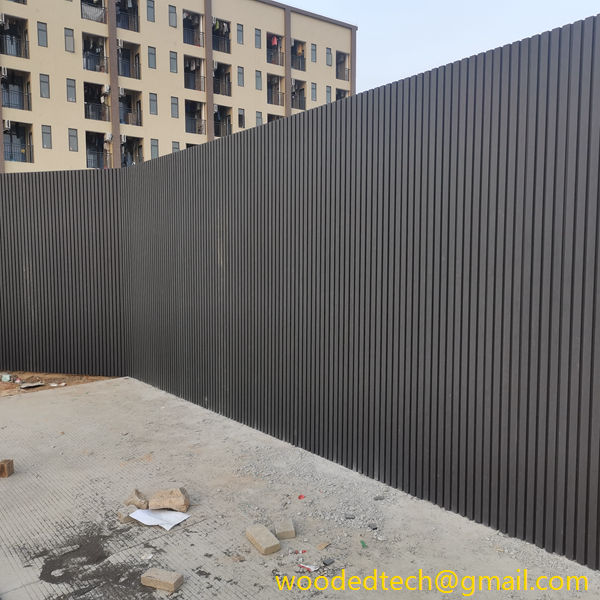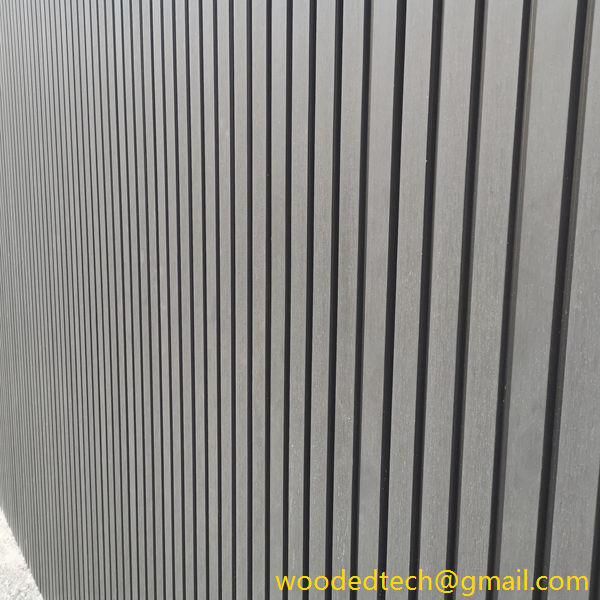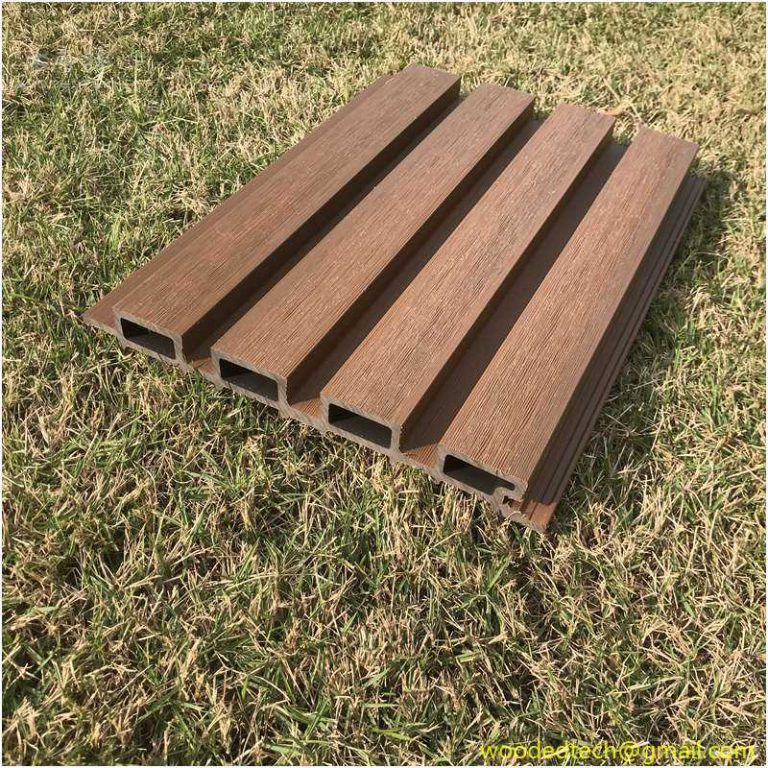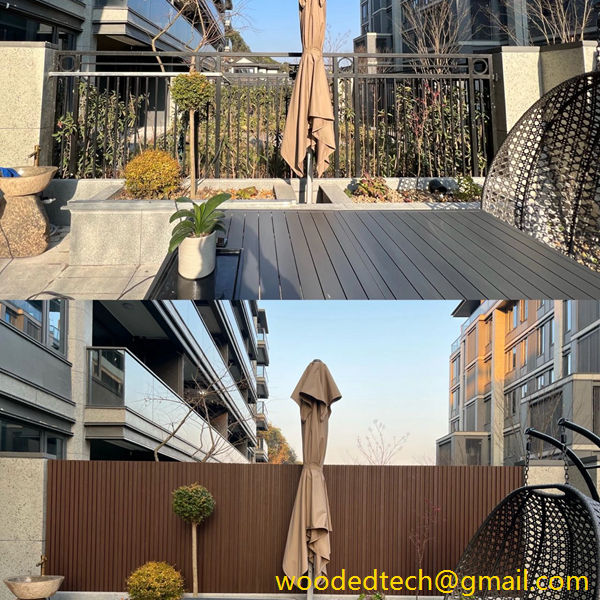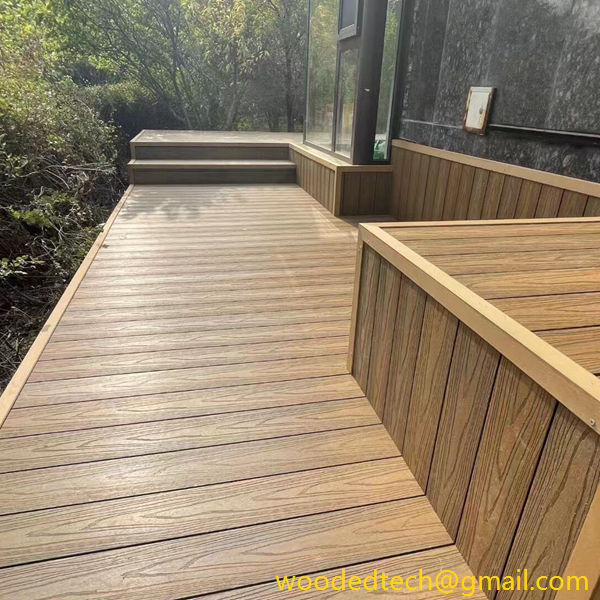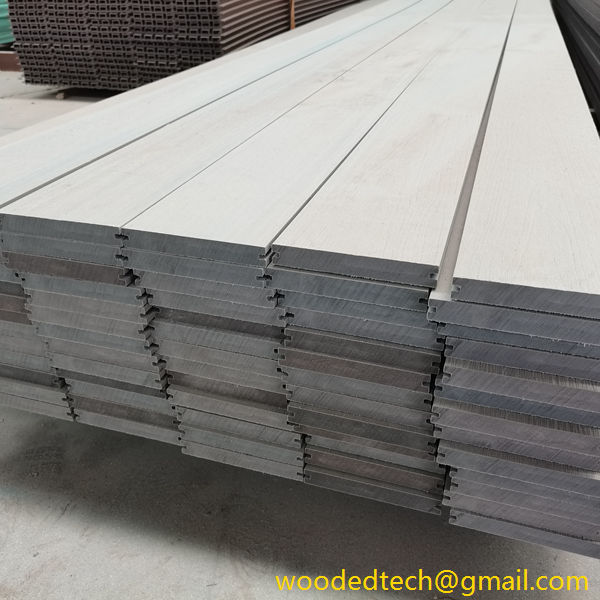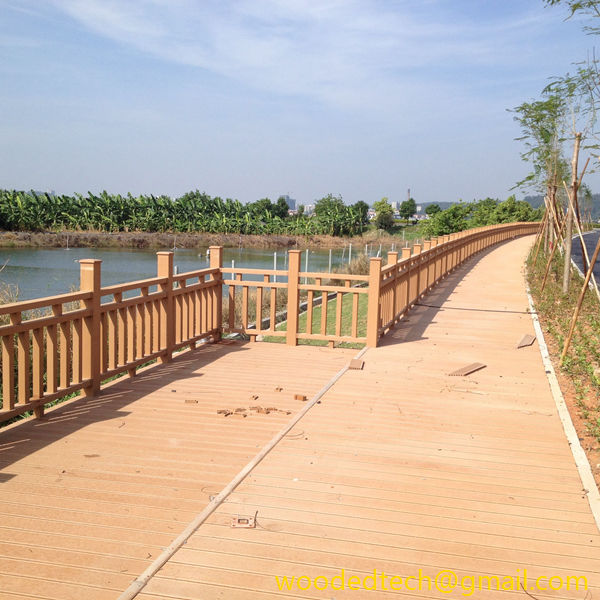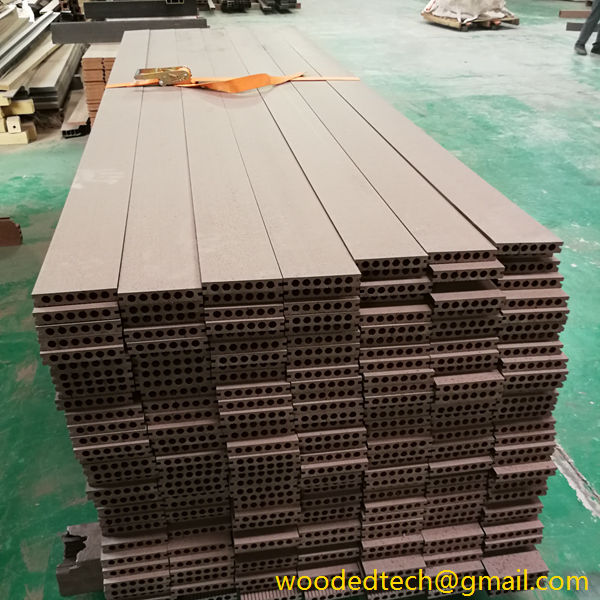Exploring WPC Wall Panel Texture for Aesthetic Appeal
Exploring WPC Wall Panel Texture for Aesthetic Appeal In the realm of interior design, the choice of materials significantly influences the overall ambiance of a space. Among the myriad of options available, Wood Plastic Composite (WPC) wall panels stand out as a popular choice for both residential and commercial applications. Their unique blend of wood…
Exploring WPC Wall Panel Texture for Aesthetic Appeal
In the realm of interior design, the choice of materials significantly influences the overall ambiance of a space. Among the myriad of options available, Wood Plastic Composite (WPC) wall panels stand out as a popular choice for both residential and commercial applications. Their unique blend of wood fibers and thermoplastic materials not only contributes to their structural integrity but also offers a wide range of textures and finishes that can enhance the aesthetic appeal of any interior.
WPC wall panels are increasingly favored for their versatility. They can mimic the appearance of natural wood, stone, or even more modern materials, allowing designers and homeowners to achieve their desired look without the drawbacks associated with traditional materials. The texture options available for WPC panels are diverse, encompassing everything from smooth, polished finishes that exude a contemporary elegance to rugged, natural textures that evoke a sense of warmth and comfort.
One of the primary advantages of WPC wall panels is their ability to replicate the look and feel of real wood. This characteristic is particularly appealing for those who appreciate the visual richness that wood brings to a space but may be concerned about the maintenance and durability associated with natural wood. WPC panels are designed to resist moisture, pests, and decay, making them an ideal choice for areas that might be prone to wear and tear, such as kitchens and bathrooms. Additionally, they do not require the same level of upkeep as traditional wood, as they can be easily cleaned with just soap and water.
The aesthetic appeal of WPC wall panels is further enhanced by the variety of textures available. For instance, some panels feature a distressed finish that replicates the look of reclaimed wood, providing a rustic charm that can soften modern interiors. This texture can create a cozy atmosphere, making spaces feel more inviting. On the other hand, there are also sleek, contemporary designs that boast smooth, glossy surfaces. These panels can create a minimalist aesthetic, reflecting light and making spaces appear larger and more open.
Color is another critical factor in the aesthetic impact of WPC wall panels. They are available in a wide spectrum of hues, from deep, rich browns to light, airy shades that can brighten a room. The ability to choose colors that complement existing furnishings and decor allows homeowners and designers to create cohesive and harmonious spaces. Furthermore, the finishes on WPC panels can range from matte to high-gloss, offering additional options for customizing the look of a room.
Incorporating WPC wall panels into a design scheme also opens up opportunities for innovative applications. They can be used not only as traditional wall coverings but also as accent features, such as backdrops for entertainment centers or as highlights in entryways. Designers can experiment with horizontal and vertical paneling to create dynamic visuals that draw the eye and add depth to a room. The flexibility of WPC allows for creativity, enabling unique design concepts that can transform a mundane space into something extraordinary.
Another aspect worth considering is the environmental impact of WPC wall panels. As sustainability becomes an increasingly important consideration in design, WPC materials offer a more eco-friendly alternative to conventional wood products. WPC panels are often produced from recycled materials, reducing the demand for new timber and minimizing deforestation. This not only supports sustainable practices but also ensures that the aesthetic appeal of natural wood can be enjoyed without compromising the environment.
Moreover, the durability of WPC wall panels contributes to their long-term aesthetic appeal. Unlike traditional wood, which can warp, crack, or fade over time, WPC panels are engineered to withstand the elements. They are resistant to fading from UV exposure, ensuring that their colors and textures remain vibrant even in sunlit spaces. This resilience makes WPC an excellent investment for those looking to maintain the beauty of their interiors without frequent renovations or replacements.
In summary, WPC wall panels offer a rich tapestry of textures and finishes that cater to a wide variety of aesthetic preferences. From the warmth and character of wood-like finishes to the sleek sophistication of modern designs, they provide endless possibilities for enhancing the visual appeal of any space. Their durability, low maintenance requirements, and eco-friendly nature further solidify their place in contemporary interior design.
Ultimately, the choice to incorporate WPC wall panels into a design scheme is not just about aesthetics; it is about creating an environment that reflects personal style while also being practical and sustainable. As designers continue to explore innovative applications and finishes, the potential for WPC wall panels to elevate the aesthetic quality of interiors is boundless. Whether for a cozy home or a professional setting, WPC wall panels stand ready to transform spaces into stunning visual experiences.

